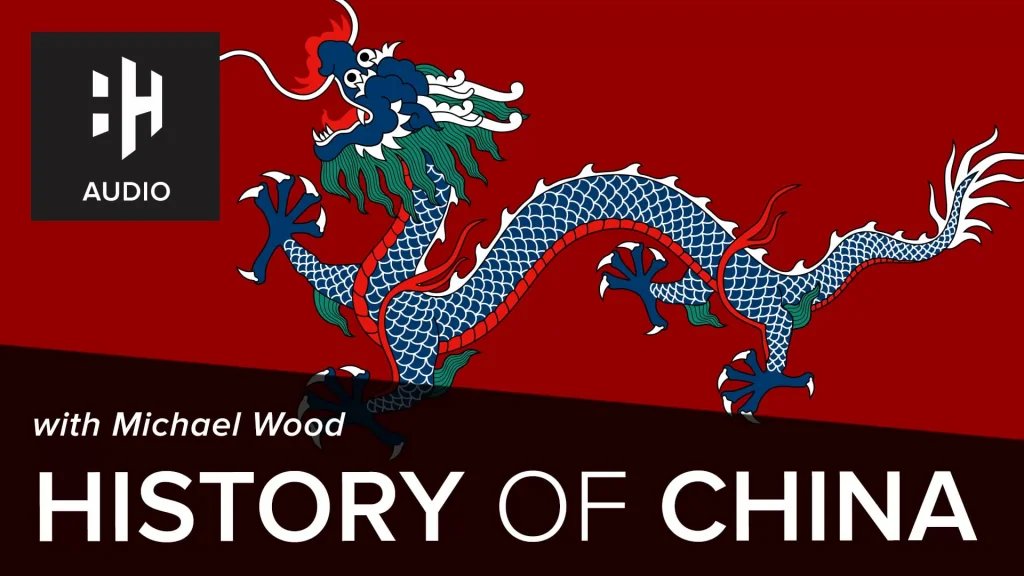

The Song dynasty of China (960-1279) witnessed huge scientific developments, a flourishing of the arts and a rise in the popularity of trade guilds, paper currency, public education and social welfare. The Song dynasty era, along with its predecessor, the Tang dynasty (618-906), is considered a defining cultural epoch in the history of imperial China.
During the Song dynasty, China witnessed the advent of countless new inventions as well as the popularisation and refinement of existing technologies.
From moveable type printing to weaponised gunpowder, here are 8 crucial inventions and innovations of China’s Song dynasty.
1. Movable-type printing
Block printing had existed in China since at least the Tang dynasty, but the system of printing was made more convenient, popular and accessible under the Song. The early process involved a primitive system where words or shapes were carved onto wooden blocks, while ink was applied on the surface. The printing was fixed and a whole new board had to be made for different designs.
In 1040 AD, during the Song dynasty, inventor Bi Sheng came up with the ‘movable-type printing’ system. This ingenious development involved the use of single tiles made of clay for common characters which were placed in order within an iron frame. Once the characters were set close together the result was one solid block of type. Over the years the use of clay to create the tiles was changed to wood and later metal.
2. Paper money

An illustration of a Song dynasty banknote from 1023, from a paper about the monetary history of China written by John E. Sandrock.
Image Credit: John E. Sandrock via Wikimedia Commons / Public Domain
Throughout ancient history, Chinese citizens had carved their writings on oracle bones, stones and wood, until a new paper-making process was invented by Cai Lun, who was a eunuch court official of the Eastern Han dynasty (25-220 AD). Paper had existed before Lun’s process, but his genius was in improving the complicated process of paper production and popularising the commodity.
In the 11th century, under the Song, the first known paper money in history emerged, in the form of notes which could be traded in exchange for coins or goods. Printing factories were set up in Huizhou, Chengdu, Anqi and Hangzhou, printing regionally accepted notes. By 1265, the Song introduced a national currency that was valid across the empire.
3. Gunpowder
Gunpower was probably first formulated under the Tang dynasty, when alchemists, searching for a new ‘elixir of life’, discovered that mixing 75% saltpeter, 15% charcoal and 10% sulphur created a loud fiery bang. They named it ‘fire medicine’.
During the Song dynasty, gunpowder was introduced as a weapon of war in the guise of early landmines, cannons, flame throwers and fire arrows known as ‘flying fire’.
4. The compass
In its early guise, the compass was used to harmonise houses and buildings to principles of feng shui. The earliest compass model, based on the works of Hanfucious (280-233 BCE), was a south-pointing ladle or spoon called Si Nan, which means ‘south governor’ and was made with lodestone, a naturally magnetised mineral that aligns itself with the earth’s magnetic field. At this time, it was used for divination.

A Song dynasty navigational compass
Image Credit: Science History Images / Alamy Stock Photo
Under the Song, the compass was first employed for navigational purposes. The Song military employed the device for orienteering by around 1040, and it is thought to have been in use for maritime navigation by 1111.
5. The astronomical clock tower
In 1092 AD, statesman, calligrapher and botanist Su Song went down in history as the inventor of the water-driven astronomical clock tower. The exquisite clock contained three sections: the upper being an armillary sphere, the middle a celestial globe and the lower a calculagraph. It informed of the time of day, day of the month and the phase of the moon.
The clock tower is not only recognised as the forefather of the modern clock drive but also the progenitor of the active roof of the modern astronomical observatory.
 Listen Now
Listen Now6. The armillary sphere
An armillary sphere is a globe comprising various spherical rings, each of which represents an important line of longitude and latitude or a celestial circle, such as the equator and the tropics. Although the instrument first emerged during the Tang dynasty in 633 AD, consisting of three layers to calibrate different astronomical observations, it was Su Song who developed it further. Su Song created the first armillary sphere to be powered and rotated by a mechanical clock drive.
7. The star chart

Rubbing of a stone Suzhou star chart from the Song dynasty.
Image Credit: Stone carving by Huang Shang (c. 1190), rubbing by unknown (1826) via Wikimedia Commons / Public Domain
From 1078 AD, the Song dynasty’s bureau of astronomy systematically carried out observations of the heavens and made extensive records. Song astronomers drew up a star chart based on the records and had it inscribed on a large stele in Suzhou, Jiangsu province.
Star charts had existed in various forms since ancient times, but the Song dynasty’s famed chart mapped no fewer than 1431 stars. At the time of its creation, it was one of the most comprehensive charts in existence.
8. Solar terms calendar
In ancient China, astronomical observations typically served agriculture. Early in the Song dynasty, a lunisolar calendar was introduced although there was a discrepancy between the phases of the moon and the terms of the sun which often resulted in delays to important farming events.
In order to establish the precise relationship between moon phases and solar terms, Shen Kuo, a polymathic scientist and high Song official, proposed a calendar displaying 12 solar terms. Shen believed the lunisolar calendar was extremely complex and suggested that lunar month indications be left out. Based on this principle, Shen Kuo developed a solar terms calendar comparable to the Gregorian Calendar used by many nations today.













